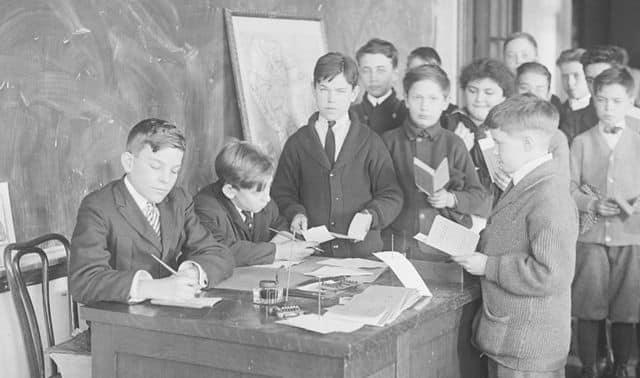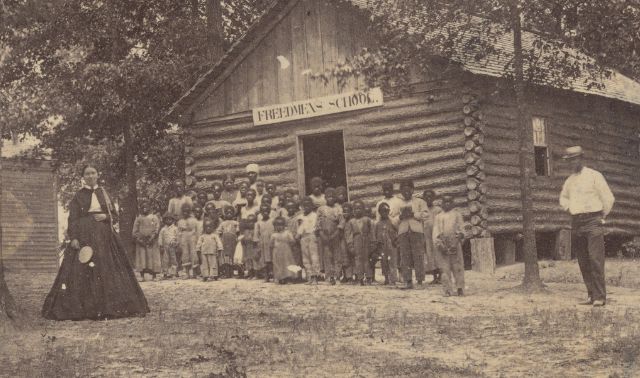Sign up for the Family Tree Newsletter Plus, you’ll receive our 10 Essential Genealogy Research Forms PDF as a special thank you!
Get Your Free Genealogy Forms
"*" indicates required fields
Q. I found out New York nursing homes are required to keep records for four years. What typically happens to those documents when the four years are up? Can I access them?
A. When you say that New York nursing homes are required to keep records for four years, I assume you mean for four years after a resident’s death. Record retention depends on who operates the nursing home. Private or “chain” nursing homes, such as Good Samaritan <www.good-sam.com>, can create their own rules for how long they keep records and what they do with the paperwork after that time frame. State and federal facilities, such as Department of Veterans Affairs <www.va.gov> nursing homes, are required to follow laws and administrative policies for record retention and destruction. The same is true for hospitals and other institutions. Some keep their records indefinitely — provided they have the storage space. Others destroy documents after a certain number of years. Many facilities destroy the detailed patient records, but retain admission and discharge registers that might include general diagnostic information.
If you already know the nursing home’s name, your first step will be to determine who owns the facility. You should then contact the director or administrator. Don’t necessarily rely on the records clerk to know the correct answer. She may realize they’re kept for four years, but not know what happens to the records after she ships them off to wherever she’s told to send them. If the institution is state or federally run, you might need to research the laws and policies that govern those facilities and their records. With state institutions, for example, old records may have been sent to the state archive (as for the state-run Cleveland State Hospital in Ohio).
Privacy laws, which restrict access to either the patient or the next of kin, protect most medical records. Private facilities can restrict everyone except the patient from seeing the records, even if that person is no longer living. For records in a state archive or other repository, an archivist may search the records for you, then provide you with photocopies showing only the person you’re interested in.
If your ancestor was in a medical institution prior to the 20th century, you may have better luck obtaining records, provided they still exist. The records of Charity Hospital in New Orleans, for example, are available on microfilm through the Family History Library <www.familysearch.org> and date back to 1818. The Family History Library has a good collection of institutional records, so use the online catalog to do a place search for the state, county and city where the institution was located (look for a Medical Records link).
Remember that it’s common for medical facilities to change their names. For instance, Charity Hospital is now called the Medical Center of Louisiana at New Orleans. If you can’t find information on the nursing home you’re looking for, perhaps it has a new name. To find out, you could try writing to the town, city, county or state historical society to learn if the institution is still operating, what its current name and location are, and where the records might be housed for the time period you’re interested in.
Don’t forget that access to recent nursing home and hospital records may be restricted because of privacy laws. It’s difficult to get medical records of any kind unless they’re yours or you can prove you’re the next of kin.
From the June 2006 issue of Family Tree Magazine.
ADVERTISEMENT


